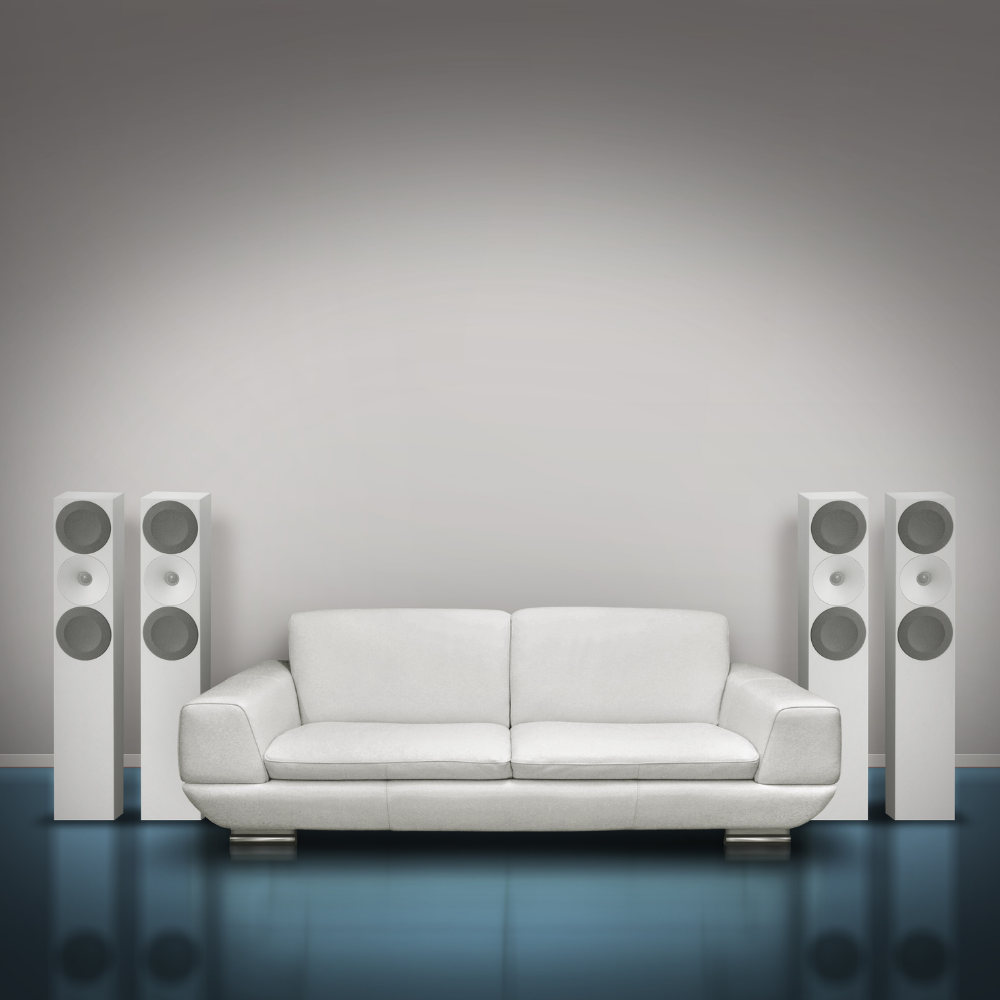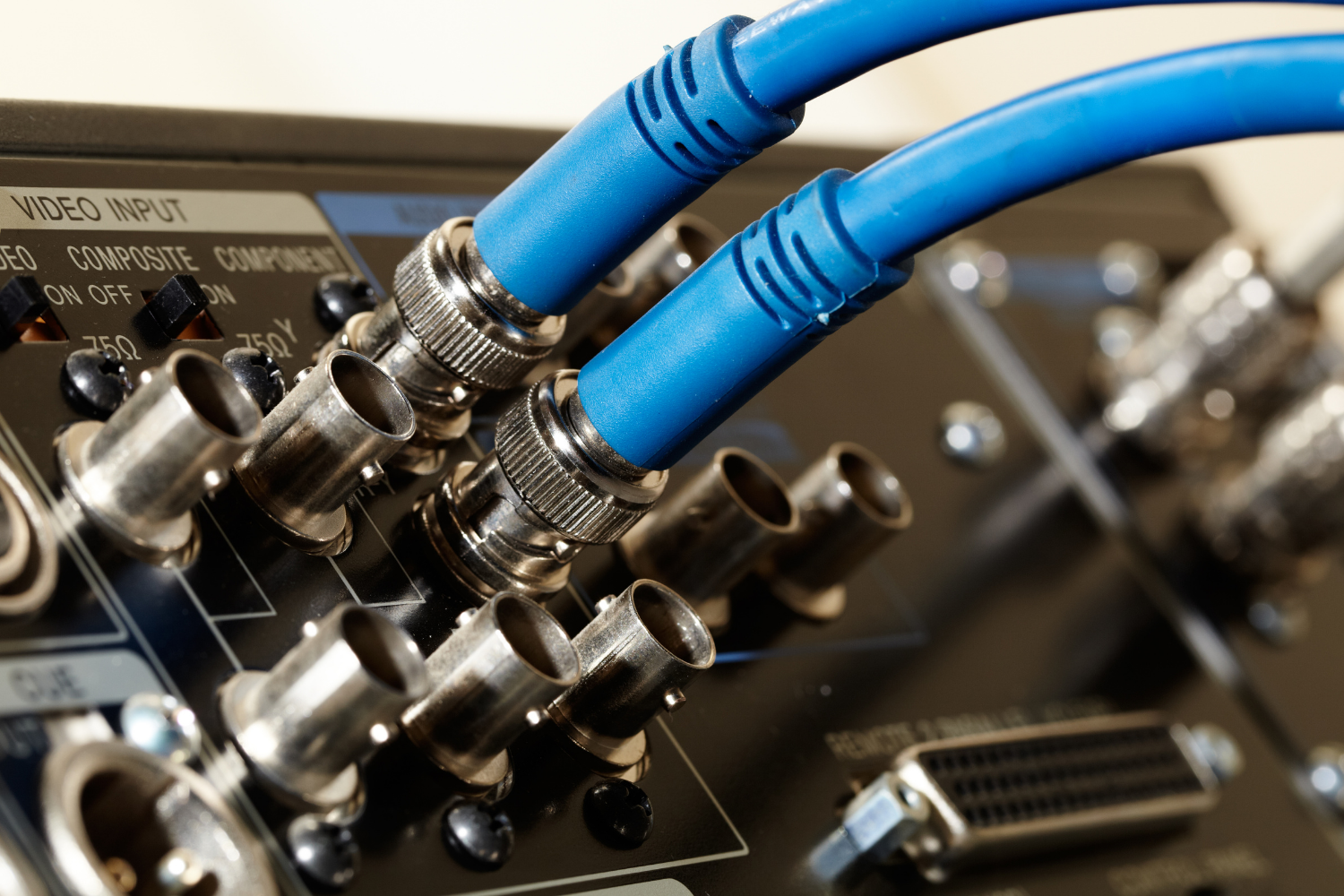Home karaoke systems are becoming a popular choice for entertainment, allowing families to enjoy music together without leaving the house. However, improper installation can lead to several issues: distorted sound, reduced performance, equipment failure, and an overall poor singing experience.
This guide will help you recognize the most common mistakes when installing a home karaoke system and how to avoid them-ensuring a safe, durable, and high-quality setup.
Common Mistakes When Installing a Home Karaoke System
Choosing Speakers Unsuitable for Room Size

One of the most frequent mistakes is selecting speakers without considering the room’s dimensions and acoustics.
-
Consequence: Echo, sound reflections, boomy bass, or weak, thin sound due to underpowered or oversized speakers.
-
How to avoid:
-
Measure room size before choosing speakers.
-
For small rooms (under 20 m²), use bookshelf speakers or models rated 150-200W RMS per speaker.
-
For larger rooms (30 m²+), consider floor-standing speakers or models with 200-400W RMS or higher.
-
Match speaker type with usage: karaoke, music listening, or both.
Using an Amplifier That Doesn’t Match the Speakers
Amplifiers and speakers must be properly matched in terms of power handling and impedance.
Using Low-Quality Cables and Connectors
Many users underestimate the importance of signal and speaker cables.
-
Consequence: Noise, unstable sound, signal dropouts, reduced performance, and shortened equipment lifespan.
-
How to avoid:
-
Use high-quality cables with pure copper conductors, proper gauge, and effective shielding.
-
Choose reliable connectors with tight, secure contact.
-
Clean and maintain connectors periodically to prevent oxidation.
Incorrect Speaker Placement

Speaker positioning dramatically affects sound quality and vocal performance.
-
Consequence: Boomy or muddy bass, uneven sound distribution, harsh treble, or reduced vocal clarity.
-
How to avoid:
-
Place speakers at least 30-50 cm away from walls to prevent excessive bass resonance.
-
Angle speakers toward the main listening/singing position.
-
Avoid placing speakers in corners (which boosts unwanted bass) or directly on the floor (which weakens low frequencies).
-
Position speakers on stands or shelves at ear level when seated.
Incorrect EQ Settings or Using the Wrong Microphone
Improper equalization (EQ) and unsuitable microphones are common causes of poor audio quality.
-
Consequence: Dark or muffled sound, feedback (howling), distortion, or even damage to tweeters from loud squeals.
-
How to avoid:
-
Balance treble, mid, and bass frequencies for natural sound without harshness or muddiness.
-
Use high-quality microphones with the right sensitivity and good feedback rejection.
-
Test microphones at different volume levels and positions to manage feedback effectively.
Ignoring Power Supply Stability
Power quality is often overlooked but plays a critical role in system performance and longevity.
-
Consequence: Amplifier overheating, distortion, unstable sound, or permanent damage from voltage drops or SURGES.
-
How to avoid:
-
Use a voltage stabilizer or power conditioner rated for the system’s total power consumption.
-
Avoid plugging too many devices into the same outlet as the karaoke system.
-
Ensure power cables are in good condition and adequately rated.
Important Tips for Proper Home Karaoke Setup
-
Double-check specifications: Always verify RMS power, impedance, and load capacity of all components before connecting.
-
Test systematically: After installation, start at low volume, fine-tune EQ, and test the microphone gradually.
-
Follow manufacturer guidelines: Always read and apply official instructions instead of guessing.
-
Regular maintenance: Clean speakers, inspect connectors, and check amplifier health to keep sound quality and extend lifespan.
Conclusion
Proper installation is the key to a great home karaoke experience. By avoiding common mistakes-such as mismatched speakers and amplifiers, poor cabling, incorrect placement, improper EQ/microphone setup, or unstable power-you can ensure clear, powerful sound while maximizing equipment durability.